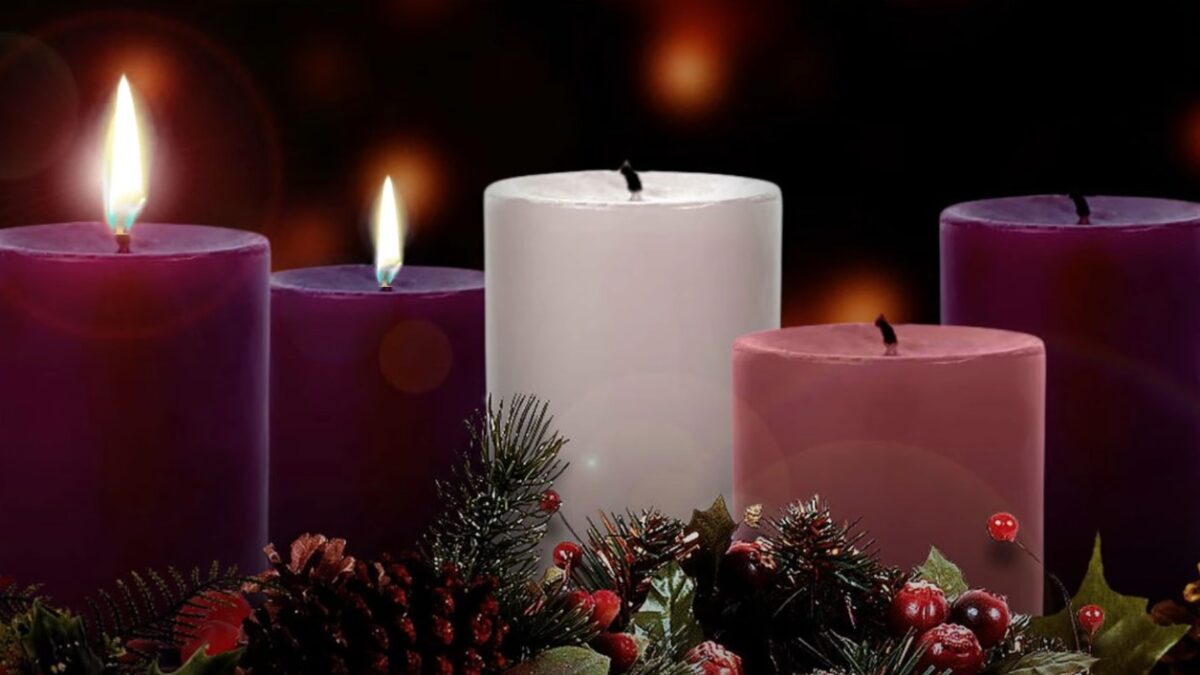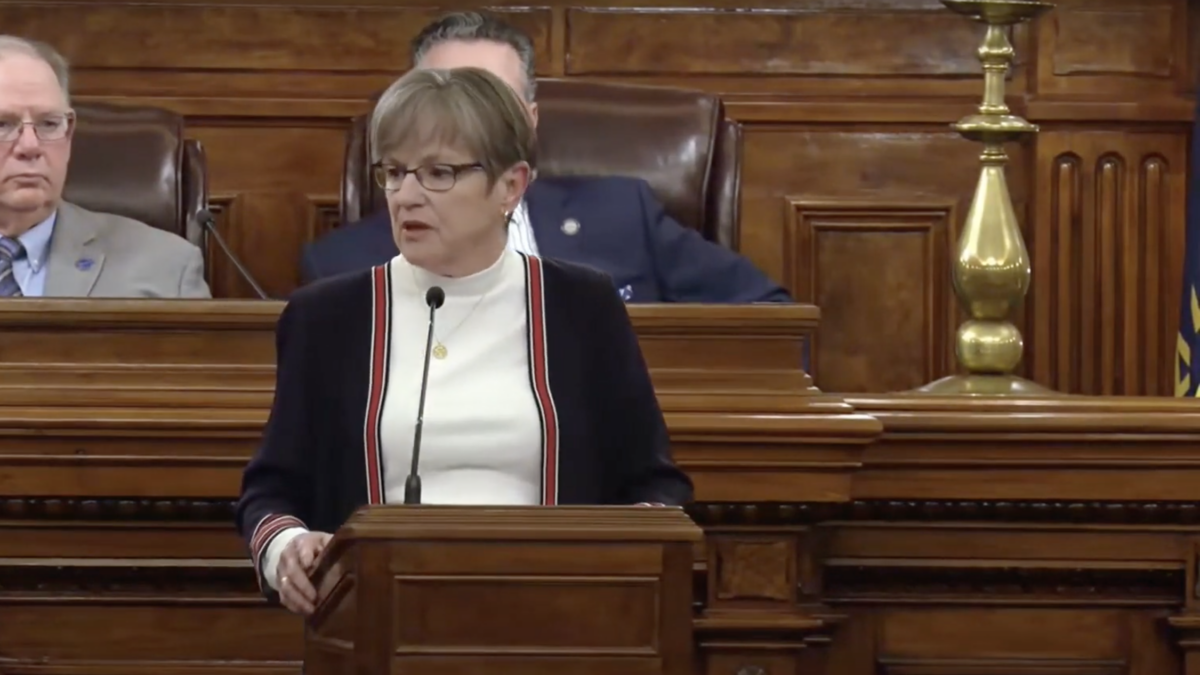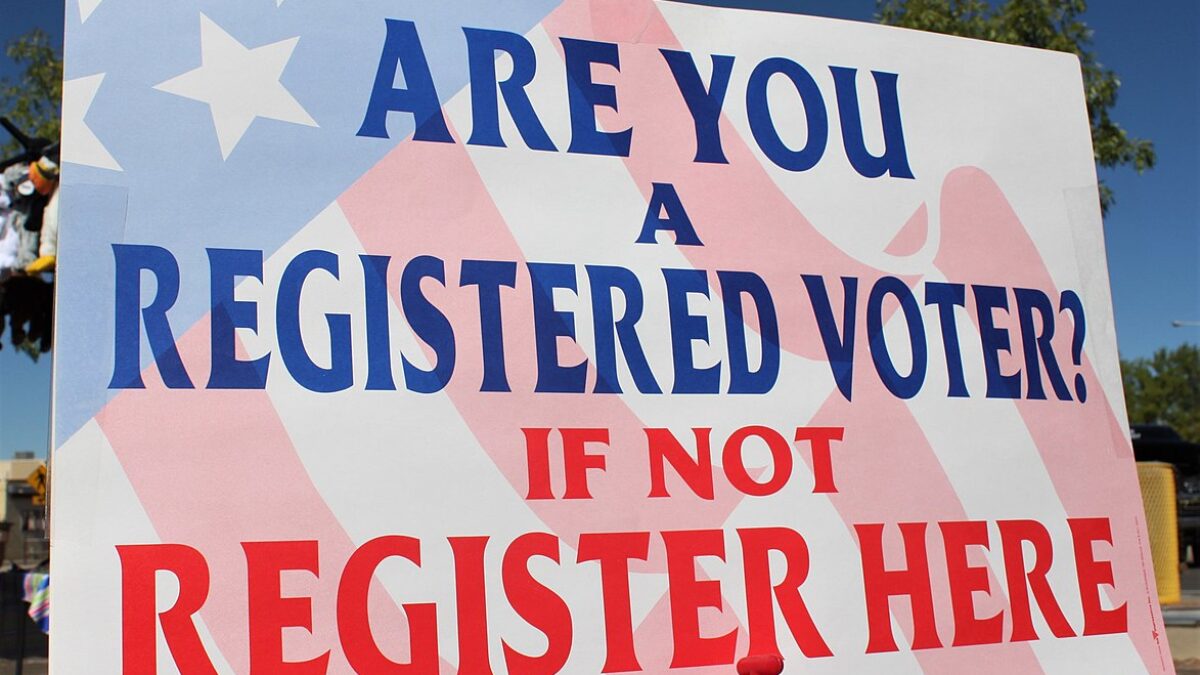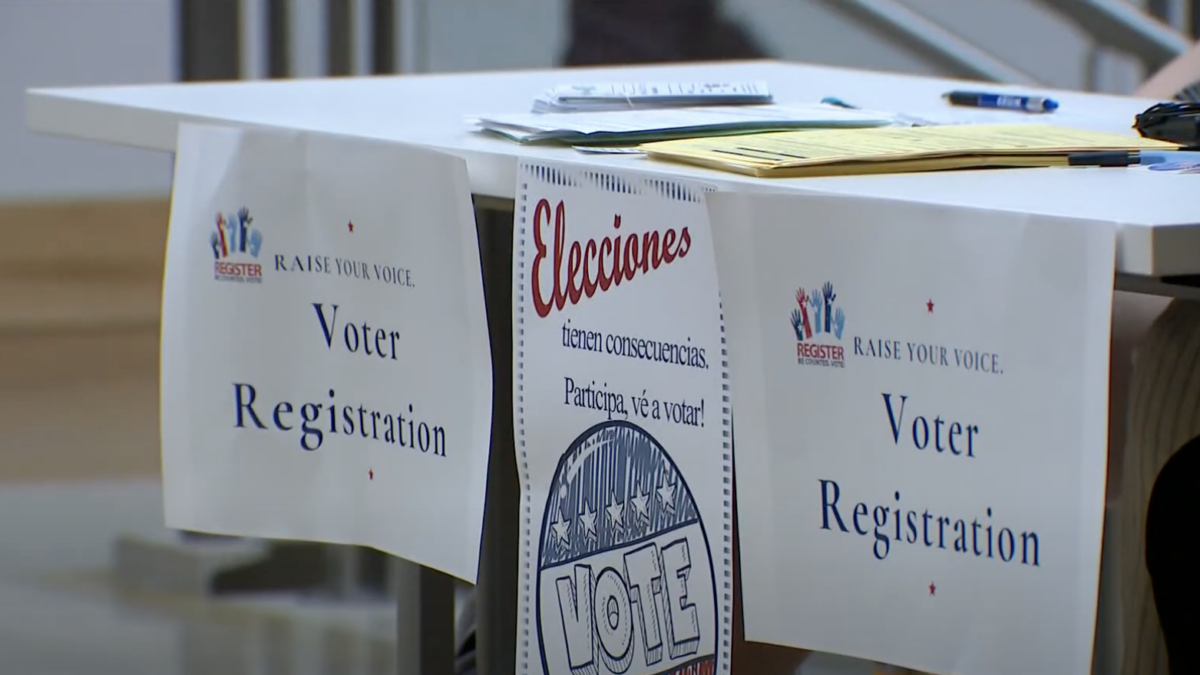Advent is making a comeback. For many of you, it never left. Those involved in Catholic, Lutheran, Anglican, and other denominations that keep to liturgy have been enjoying the long-held tradition of Advent since the 4th century.
Not so for me. Raised in a Baptist church and educated by an evangelical university, I knew next to nothing about Advent even though I had been a Christian all my life. That is, until the last decade or so.
The number of Evangelicals, Protestants, and non-denominational congregations that have historically leaned away from the liturgy celebrating Advent is rising. In the last 10 years, we have seen a surge of interest in Advent within the institutions connected to these denominations. Churches, schools, and para-church organizations have started embracing aspects of observing Advent.
Why is this return happening? Because these practices are soul-serving and draw us away from the spirit-stifling societal frenzy and into the quiet, where we can commune with God.
What Is Advent?
Advent begins four Sundays before Christmas, so depending on the year, it can range from 22-28 days long. It is a season of anticipation and longing. It is a time not only to marvel at the first coming of Christ but to join in the groaning for His return and His reign. It is a time to participate in the spiritual practices of worship, generosity, and repentance and to receive hope, peace, joy, and love. It is a time to “prepare the way for the Lord” (Is. 40:3).
In the church, each Sunday corresponds to one of the four Advent themes: hope, peace, joy, and love. Candles are lit on the Advent wreath, and specific scriptures are read. Many families continue these practices in their homes throughout the season.
If you are new to Advent, it is a safe assumption that Advent and Christmas have bled together to reflect much of the predominant culture. Thanksgiving to Dec. 25 is a Christmas blur, culminating on the 25th with one (hopefully) magical day. It is a frenzy. And while it is filled with festivities, it can leave us feeling empty and like we missed the whole point.
Intentionally practicing Advent helps break this cycle. While it is unlikely that you will be able to fully break from the pre-celebration of Christmas, making the differentiation of Advent and Christmas in your own home can be refreshingly counter-cultural.
Any part of life that is counter-cultural is inherently more difficult. If you are new to Advent, like I was in recent years, try these three practices to get started.
Set Your Intention
The beginning of Advent marks the beginning of the new year in the Christian calendar. Just like we set New Year’s resolutions when embarking on a fresh year or Lenten resolutions of fasting and prayer, Advent is an opportunity to realign our spiritual intentions. As you embark on the Advent and Christmas seasons, what do you want your spiritual posture to be? Do you want to be more consistent in reading the Word and praying? What steps can you take to move toward simplicity, generosity, and worship? How can you embrace the four themes of hope, peace, joy, and love and reflect those themes to those around you? How you answer these questions can reveal what you choose to nurture in this season. Do your best to make space to give your new intention the opportunity to set root.
Find a Good Devotional
Give your spiritual walk a bit of extra care during the Advent season. Intentionally committing to a small spiritual practice during the next four weeks can do wonders to keep you centered and focused when the world is doing its best to keep you distracted, rushed, and buying. Keep it to a small goal of 5-10 minutes a day to make it easier to maintain.
Some of my favorite Advent devotionals include:
- “Honest Advent” (Scott Erickson): This book not only has a short yet powerful reading for each day of December, but it also contains contemplative works of art to aid in your reflection. Erickson approaches the birth of Jesus in a fresh and grounded way and explores the perfect Son of God entering into the grime and the mess of humanity.
- “The Advent Project by Biola University’s Center for Christianity, Culture, and the Arts” (CCCA): This is a wonderful option for someone that would appreciate breaking away from the traditional “book form” devotional. Each year, the CCCA pulls together media that guide and aid your quiet time. You are immersed in music, visual art, cinema, and poetry to interact with the coming of Christ. You can check out this year’s compilation here for the 2022 Advent Project.
- “The Best Gift of All” (by yours truly): Shameless plug here, but Advent is for kids too, so I had to include them. This book unpacks our current Christmas symbols and traditions and helps children connect that in a meaningful way to the story of the coming of Jesus. It also includes kid-friendly readings and activities for the 12 days of Christmas, which leads me to my next point.
Consider Celebrating Christmas the full 12 Days
Christmas is a really big deal, which is why we struggle to wait until Dec. 25 to start celebrating. The moment Halloween is over, the stores immediately begin getting the Christmas decor out. December is filled with Christmas festivities, from parties to kids’ programs. It is hard to let the spiritual lesson of waiting and longing root deeply in our souls when we aren’t actually waiting; we are already celebrating.
While Christmas taking over Advent is unlikely to change, it is easier to slow down and approach Christmas with less pressure if you know it isn’t all riding on one day. Choosing to observe Christmas from Dec. 25 until Jan. 6 — the Epiphany — not only extends the celebration, but it gives Advent the space it deserves.
Keeping your Christmas decor up until Jan. 6, spacing out your gift-giving, and spending extra time with loved ones during this period are all great ways to incorporate an extended Christmas tradition.
These simple steps are a great place to start for those new to practicing Advent. If you want to dive even deeper, check out more articles on The Federalist by searching “Advent.” I found them hugely helpful in my own journey of discovering Advent and incorporating it for myself and my family.









